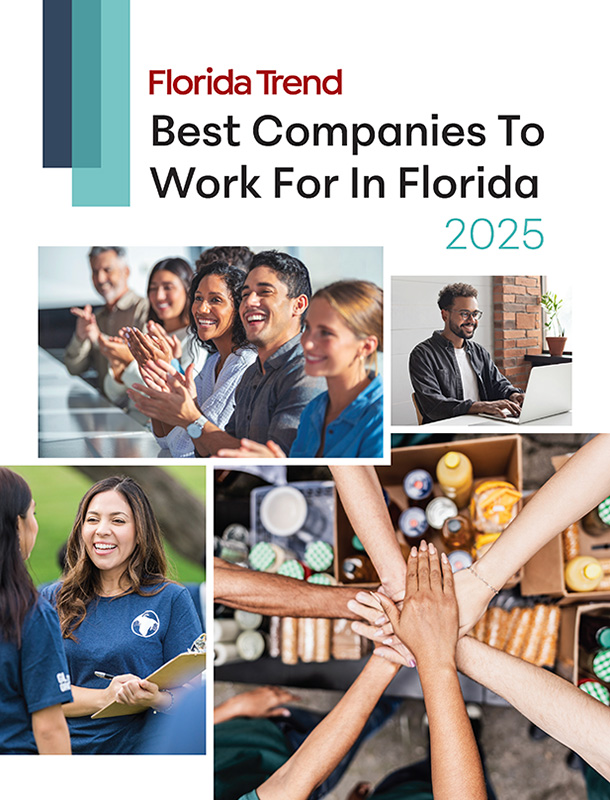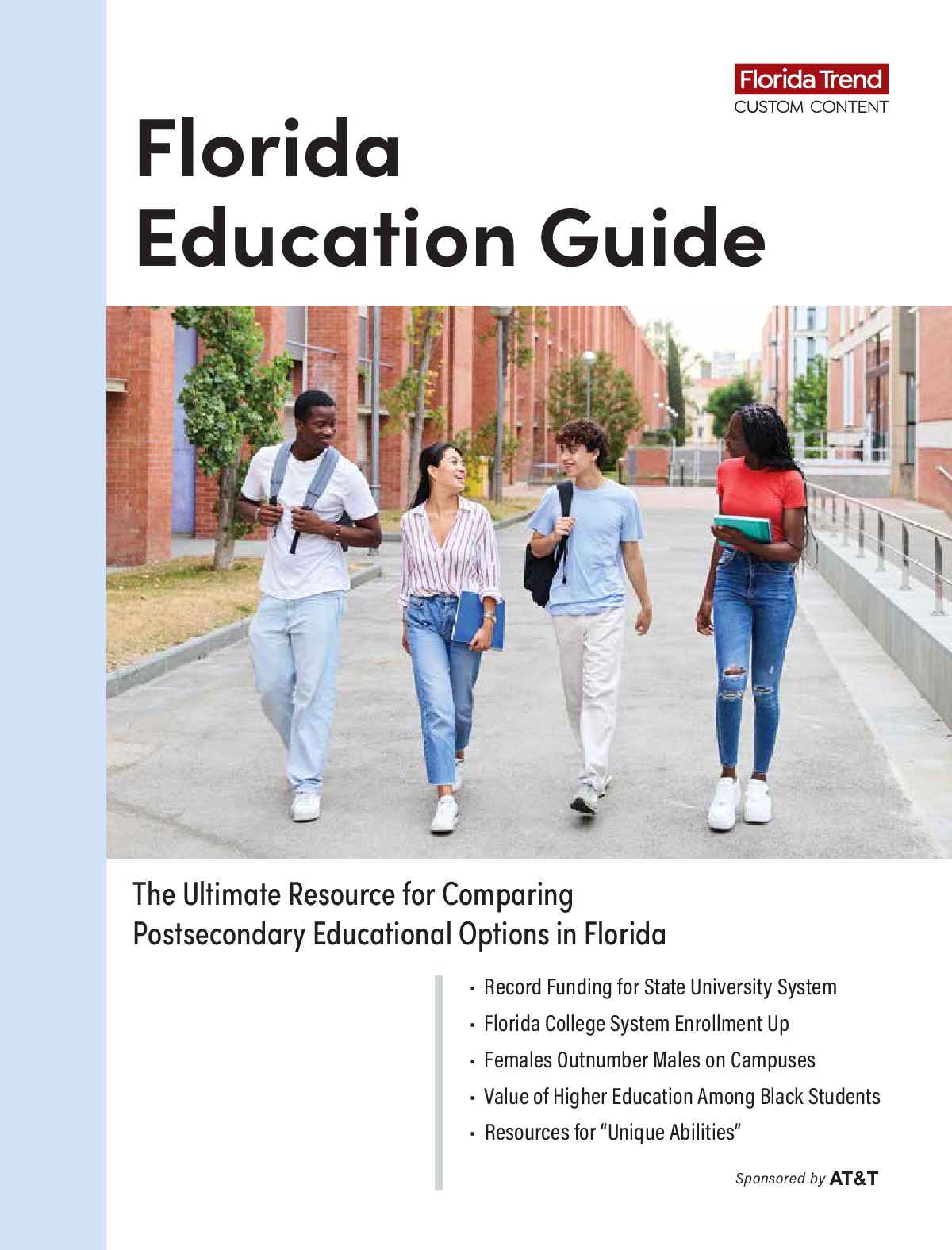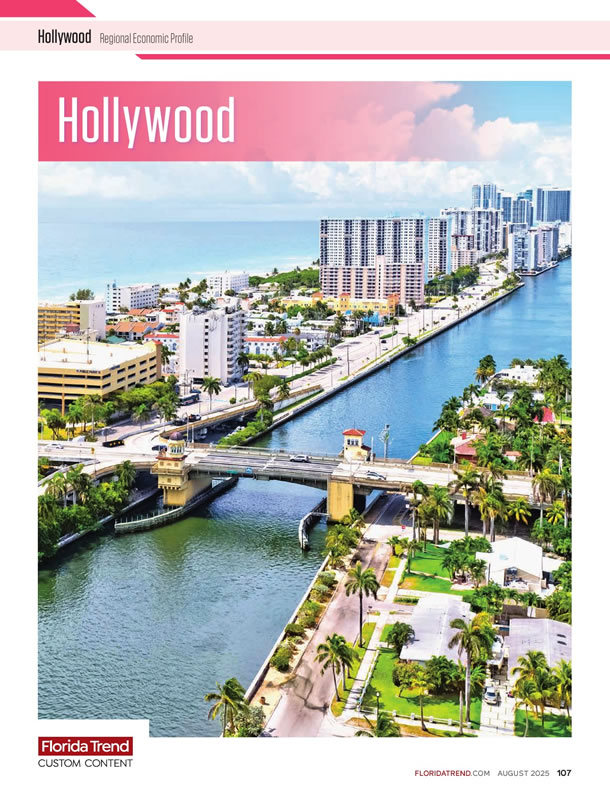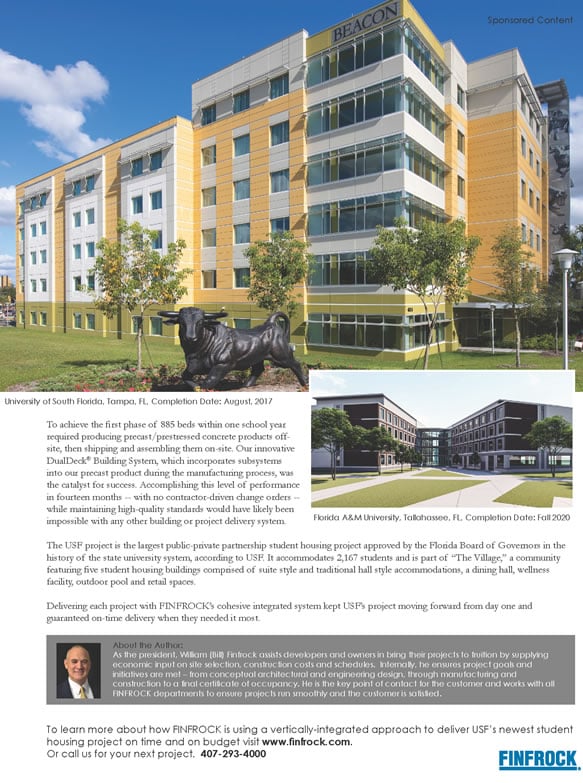The words “health care professional” typically conjure up images of doctors or nurses, both of which are facing highly publicized shortages in Florida. Lesser known: the shortage of allied health professionals, which support those positions and comprise nearly 60% of the state’s health care workforce.
Despite year-over-year improvements, the state’s average allied health vacancy rate sat at 11% last year with more than 8,000 unfilled positions, according to the Florida Hospital Association. Surgical techs, procedural techs and medical techs faced the highest vacancy rates, reaching up to 16%. The average turnover rate for allied health positions was 15.8%, with medical assistant roles hitting 24%.
It’s a gap that Ultimate Medical Academy, among other Florida institutions, is trying to bridge.
UMA was founded in Clearwater in 1994 and has developed a mission to produce more allied health professionals. “We see ourselves as a workforce development partner that really directly addresses some of these shortages,” says Shadel Hamilton, president of the school’s Clearwater campus.
The academy has grown from around 1,500 students to 21,000 students since 2009. That’s thanks, in part, to its online programs, which include courses in health and human services, medical billing and coding, and health information management. More than 90% of today’s students are wholly online, the rest attending the school’s Clearwater campus either hybrid or full-time. On-campus subjects include dental assistants, nursing assistants and phlebotomy technicians.
The academy collaborates with health care partners across Tampa Bay, including BayCare, Tampa General Hospital, Orlando Health and AdventHealth, to offer externships to students that can lead to long-term employment after graduation. In turn, those organizations send employees to UMA for continuing training.
Each year, UMA pumps out thousands of students to help meet growth and demand in the allied health industry. This year, the academy will produce around 7,000 graduates. It reached its biggest milestone yet — 100,000 alumni — this June.
“We’re looking forward to the next 50,000, the next 100,000, which means that we’re doing our part in helping to fill that gap,” Hamilton says.
From July 2023 to June 2024, graduates from UMA’s Clearwater campus saw a 98% job placement rate and online graduates saw a 74% placement rate. Programs with the highest placement rates included medical assistant, health information technology and patient care technician.
UMA is planning more growth in its future, aiming to add several campuses across Florida and beyond. It will start by launching a new campus in Tampa early next year.
Student Support
United Medical Academy’s typical student is an adult learner, often changing careers from fields like retail or hospitality. The vast majority are women. More than 80% receive federal Pell grants.
The school has invested heavily in wraparound support services to help its students succeed, from academic coaching and tutoring to financial aid counseling and career services. It provides bus passes or Uber rides to externships, if needed. On the Clearwater campus, there’s a food pantry and wardrobe closet. There’s even support for childcare services.













